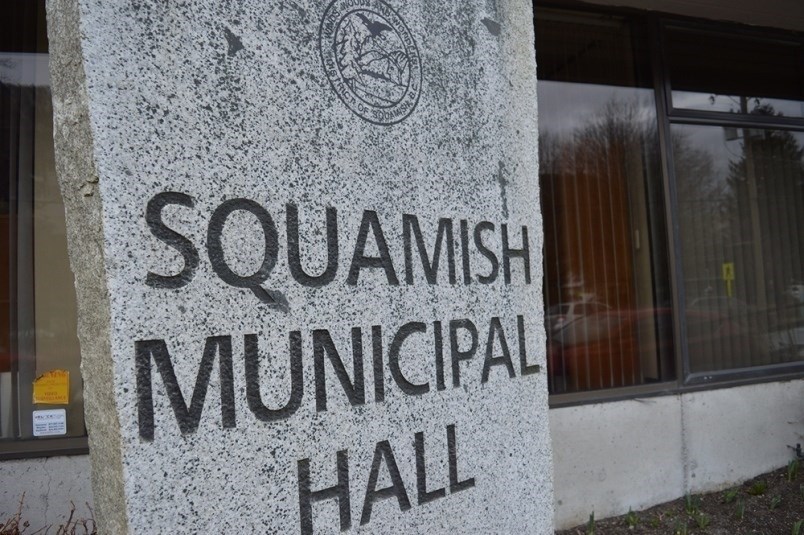Climate change and population growth are prompting the construction of two new water storage reservoirs at Squamish’s Lower University Reservoir.
“Rightsizing our reservoirs will help to build community resiliency by improving water security in the event of an emergency,” says Mayor Armand Hurford in a news release from the District of Squamish. “Climate change and population growth can place high demands on systems and infrastructure and so this project helps to give our system more capacity, more time to recover and a stronger foundation as we plan for the future.”
The release said that the reservoirs would address water system shortfalls by adding storage to enhance fire protection and reduce loading on the District’s wells at Powerhouse Springs. The reservoirs will also provide storage capacity for Valleycliffe and Hospital Hill.
The District called the existing lower university reservoir near Quest University undersized. This places additional demands on the Powerhouse Springs well field.
It has a capacity of 226,000 litres, and the municipality’s water master plan has identified it as having a storage deficiency.
The plan has recommended additional water storage to improve fire protection and accommodate the town’s rapidly growing population.
According to the release, the new reservoirs will be approximately 10 metres tall and 16 metres in diameter and will be located behind the existing Lower University Reservoir. The project will add two 2-million-litre tanks for additional storage.
The District said this will improve the efficiency of operations at the Powerhouse Springs well field by allowing the pumps to run more evenly and help to reduce the need for maintenance. All water flowing to areas north of the Mamquam River will pass through these reservoirs.
In the meantime, construction will start this spring. It’s expected to last four to six months and bring temporary noise and traffic impacts during construction.






